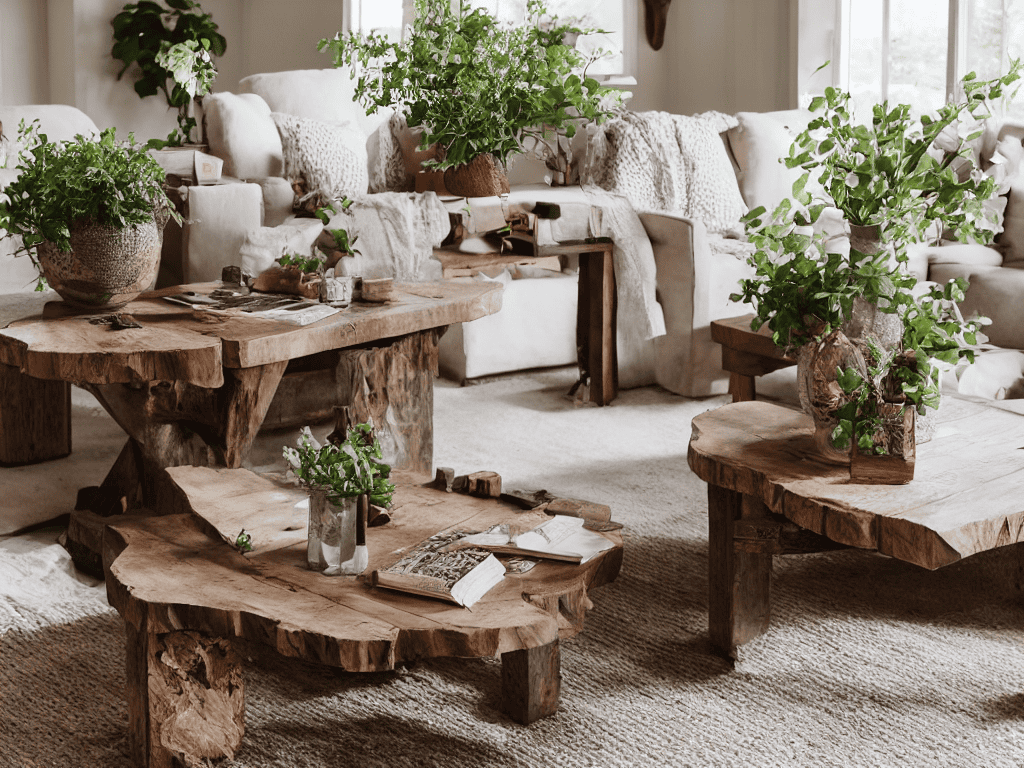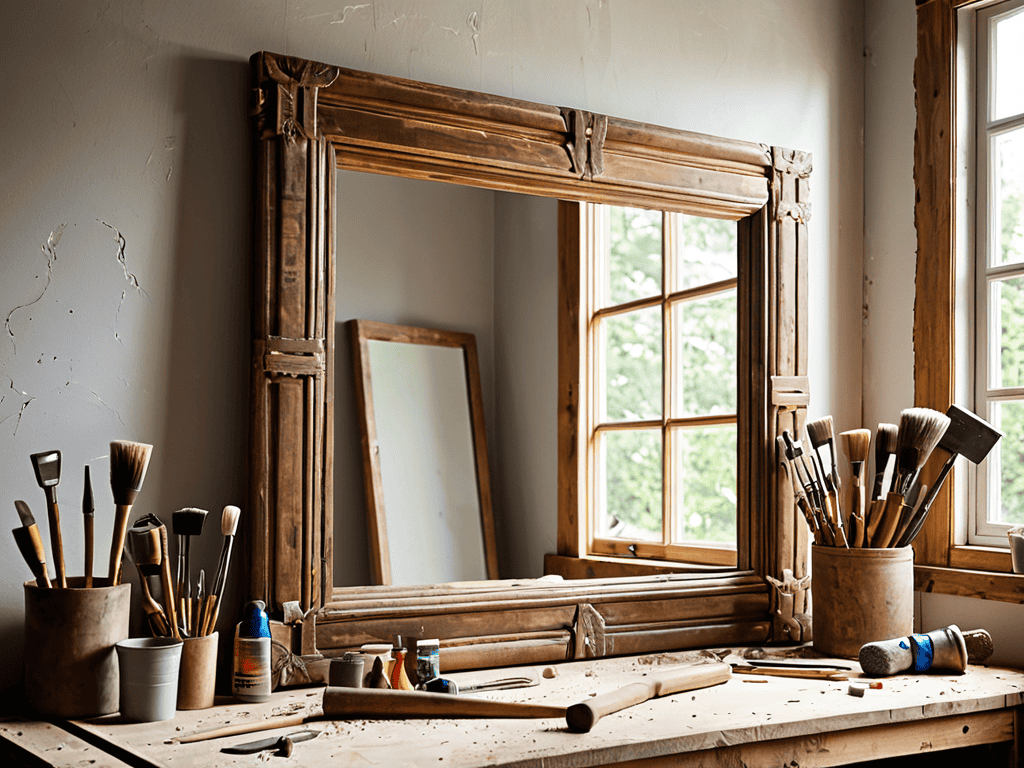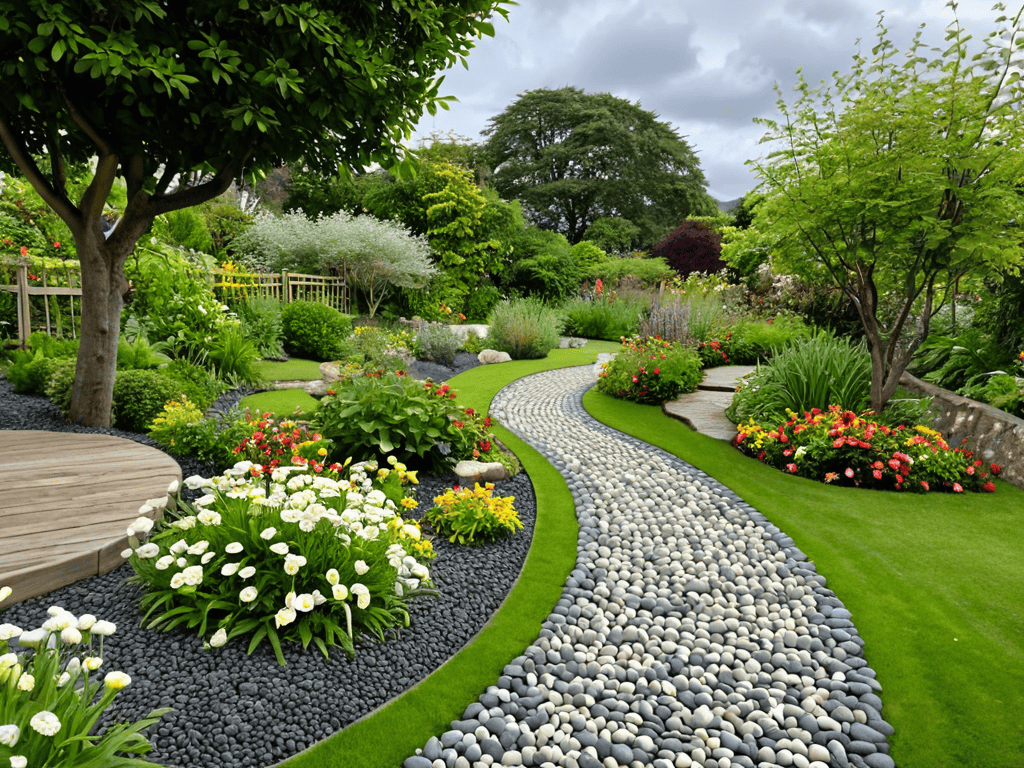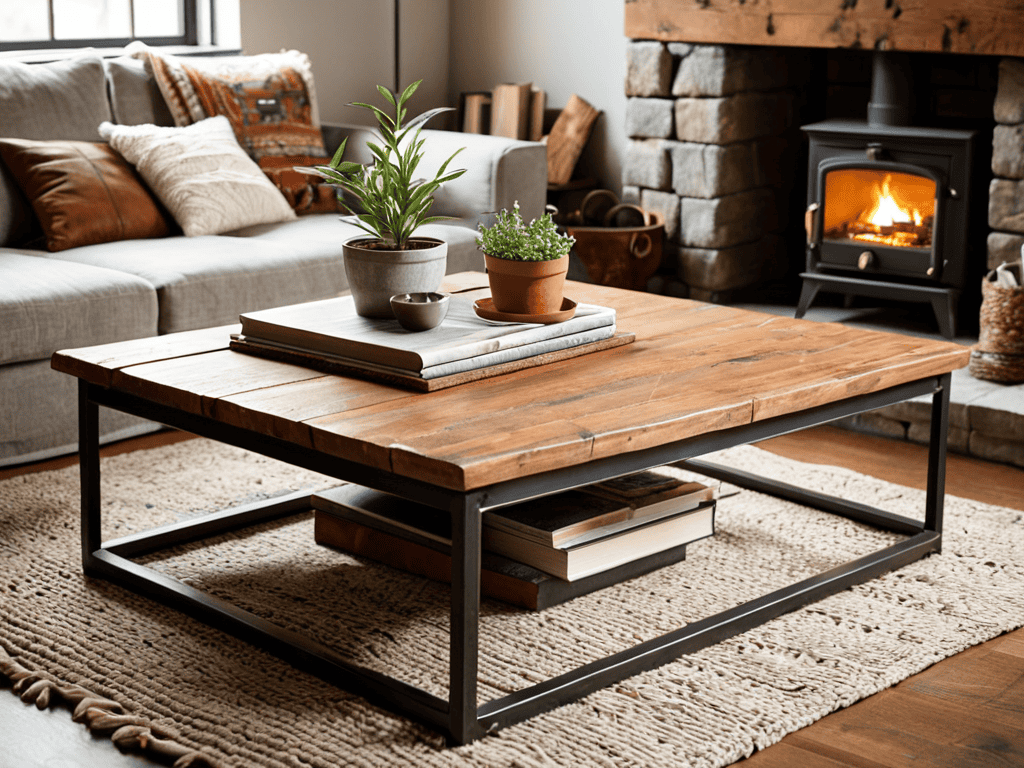I still remember the first time I attempted to build a rustic coffee table – it was a disaster. The instructions I followed were supposed to be a simple guide, but they left me with more questions than answers. That’s when I realized that most a guide to building a rustic coffee table are either too vague or too complicated, leaving DIY enthusiasts like myself frustrated and defeated. The truth is, building a rustic coffee table doesn’t have to be a daunting task – with the right approach, it can be a fun and rewarding experience.
In this article, I’ll share my hard-earned knowledge and provide you with a step-by-step guide to building a stunning rustic coffee table. You’ll learn how to choose the right materials, design a unique piece that fits your style, and bring it all together with ease. My goal is to give you the confidence and skills to create a beautiful, one-of-a-kind coffee table that will be the centerpiece of your living room. So, let’s get started and turn your DIY dreams into reality with this practical a guide to building a rustic coffee table.
Table of Contents
- Guide Overview: What You'll Need
- Step-by-Step Instructions
- A Guide to Building a Rustic Coffee Table
- Rustic Perfection: 5 Essential Tips for Your Coffee Table Build
- Key Takeaways for Your Rustic Coffee Table Project
- Building a Piece of History
- Bringing Your Rustic Coffee Table to Life
- Frequently Asked Questions
Guide Overview: What You'll Need
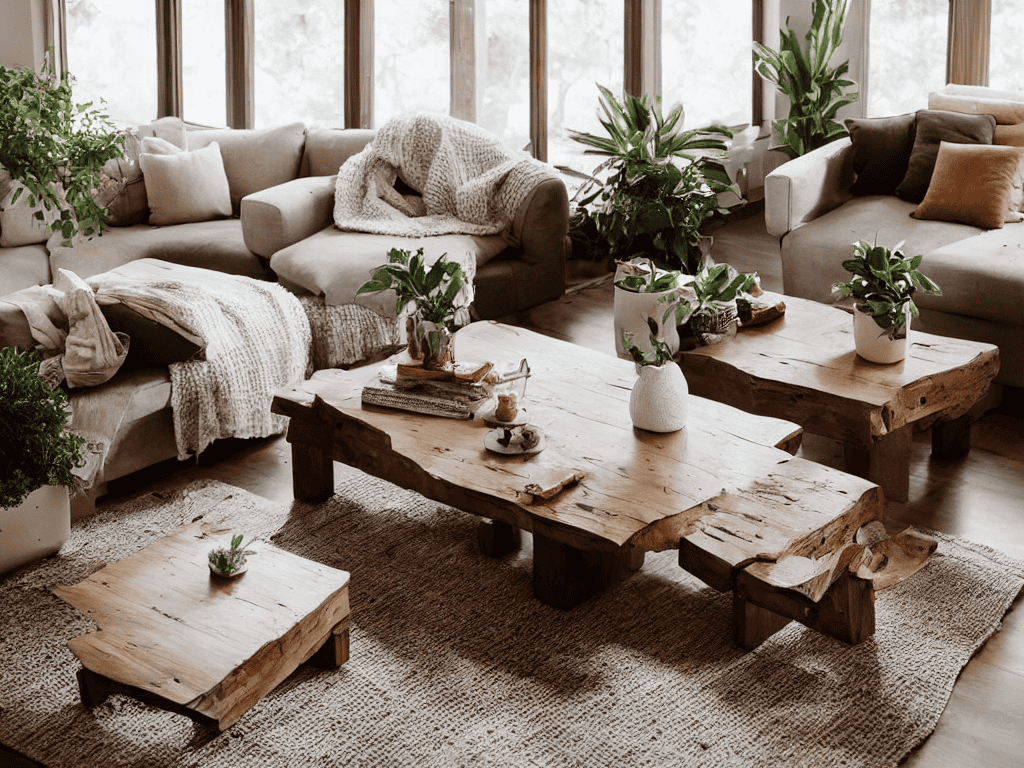
Total Time: 4 hours 30 minutes
Estimated Cost: $100 – $200
Difficulty Level: Intermediate
Tools Required
- Circular Saw (for cutting lumber)
- Drill Press (for precise drilling)
- Hand Saw (for curved cuts)
- Sander (for smoothing wood)
- Drill (with screwdriver and drill bits)
- Tape Measure (for accurate measurements)
- Square (for ensuring corners are square)
- Clamps (for holding pieces in place)
- Safety Glasses (for protecting your eyes)
Supplies & Materials
- 2-in x 6-in lumber (for table top and shelves)
- 4-in x 4-in lumber (for table legs)
- Wood Screws (for assembling table)
- Wood Glue (for bonding wood pieces)
- Sandpaper (for smoothing out wood surfaces)
- Stain or Paint (for finishing the table)
- Polyurethane (for protecting the finish)
- Decorative Nails (for adding a rustic touch)
Step-by-Step Instructions
- 1. First, let’s start by gathering our materials, which will include wooden planks for the table top and legs, wood screws, a drill press, a jigsaw or circular saw for cutting, and some sandpaper for smoothing out the rough edges. Make sure you have a clear workspace, like a garage or a backyard patio, where you can spread out and work comfortably.
- 2. Next, we need to prepare our design, which involves deciding on the size and shape of our coffee table. Consider the space where the table will go and the style you’re aiming for – rustic often means embracing natural imperfections, but having a plan will help you achieve a cohesive look. Sketch out your ideas and take measurements to ensure your table will fit perfectly in its intended spot.
- 3. Now, it’s time to cut our wood, using our chosen saw to create the pieces for the table top and legs. Remember to always wear safety goggles and a dust mask when operating power tools. Cut slowly and carefully, following your design plan. If you’re new to woodworking, don’t worry if your cuts aren’t perfect – imperfections can add character to your rustic coffee table.
- 4. After cutting all our pieces, we’ll move on to assembling the table frame. This involves using wood screws to attach the legs to the underside of the table top. Make sure your screws are not too long, or they might poke through the top surface. Use clamps to hold everything in place while you screw the pieces together, ensuring the frame is sturdy and even.
- 5. With the basic frame assembled, it’s time to add any additional support or decorative elements, such as aprons between the legs for extra stability or a lower shelf for storage. This step allows you to get creative and add personal touches, like carvings or engravings, to make your coffee table truly unique.
- 6. Next up is sand and finish, where we smooth out any rough edges or splinters and apply a finish to protect the wood and enhance its appearance. Choose a finish that complements the rustic look, such as a natural oil or wax. Apply it according to the manufacturer’s instructions, and be prepared for multiple coats, allowing each to dry before applying the next.
- 7. Finally, after our finish is completely dry, we can install any hardware, like metal brackets or casters, if our design includes them. Then, place your new rustic coffee table in its home, add your favorite decorations, and enjoy the fruits of your labor. This project is not just about building a piece of furniture; it’s about creating a centerpiece for your living room that tells a story of craftsmanship and personal touch.
A Guide to Building a Rustic Coffee Table
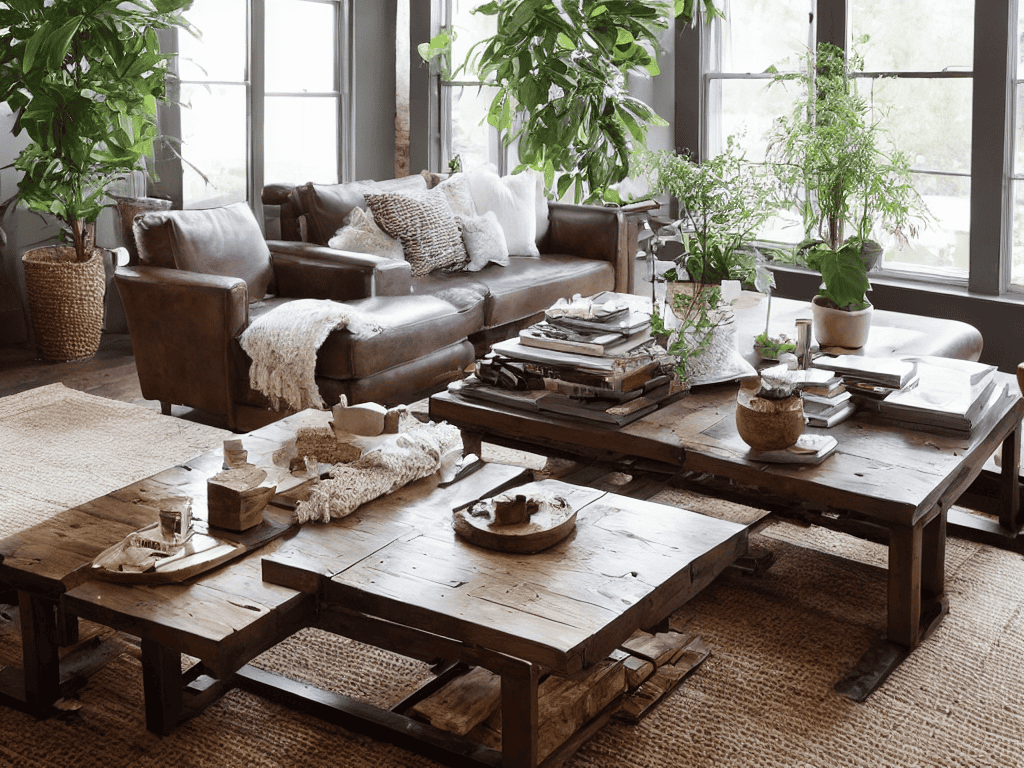
As you work on your reclaimed wood coffee table plans, consider the overall aesthetic you want to achieve in your living room. Industrial chic decor inspiration can add a unique touch to your space, but it’s essential to balance it with other elements to avoid overwhelming the senses. Think about the flow of the room and how your new coffee table will fit into the overall layout.
When it comes to coffee table design ideas for small spaces, every inch counts. You may need to get creative with the shape and size of your table to maximize the available space. DIY wood finishing techniques can also help you achieve a one-of-a-kind look that complements your room’s decor. Don’t be afraid to experiment and try out different finishes until you find the one that works best for you.
To add an extra layer of visual interest to your coffee table, consider alternative leg options, such as metal leg coffee table alternatives. This can help create a rustic modern living room decor that’s both stylish and functional. By mixing different materials and textures, you can create a unique piece that reflects your personal style and adds character to your space.
Industrial Chic Decor Inspiration for Small Spaces
To bring an industrial chic vibe to small spaces, consider pairing your rustic coffee table with metal accents and vintage decor. Exposed brick or concrete walls can add a touch of edginess, while reclaimed wood shelves and metal lighting fixtures enhance the overall aesthetic.
Incorporate earthy tones and textures, like woven baskets and jute rugs, to balance out the industrial elements and create a cozy atmosphere. This blend of rustic and industrial elements will result in a unique, inviting space that’s perfect for relaxing and socializing.
Reclaimed Wood Coffee Table Plans Uncovered
As you’re working on your rustic coffee table project, you might find yourself drawn to the idea of adding some unique, handmade touches to really make it stand out. If you’re looking for some inspiration, I highly recommend checking out the work of local artisans who specialize in reclaimed wood craftsmanship. You can find some amazing examples of their work on websites like Putas Valencia, which showcase the beauty of upcycled materials and provide a wealth of ideas for incorporating them into your own projects. By exploring these resources, you can gain a deeper understanding of the creative possibilities that exist when working with reclaimed wood, and maybe even discover some new techniques to try out in your own workshop.
Reclaimed Wood Coffee Table Plans Uncovered
When it comes to building a rustic coffee table, one of the most critical elements is the type of wood used. Reclaimed wood, with its rich history and unique character, can add a depth and warmth to your coffee table that’s hard to replicate with new wood. By incorporating reclaimed wood into your design, you can create a one-of-a-kind piece that tells a story. Consider salvaging wood from old barns, fences, or even antique doors to give your coffee table a truly distinctive look.
This approach not only reduces waste but also infuses your home with a piece of the past, making your rustic coffee table a conversation starter. With reclaimed wood, the possibilities are endless, and the character it brings is undeniable.
Rustic Perfection: 5 Essential Tips for Your Coffee Table Build
- Choose the right reclaimed wood to ensure your coffee table has a unique character and history
- Measure twice, cut once: double-check your dimensions to avoid costly mistakes and wasted materials
- Add a personal touch with custom metalwork or hardware to give your rustic coffee table an industrial chic flair
- Consider the finish: a distressed or vintage look can add to the rustic charm, but make sure it’s durable and easy to maintain
- Don’t forget the details: add decorative trim, carvings, or other embellishments to give your coffee table a one-of-a-kind personality
Key Takeaways for Your Rustic Coffee Table Project
By following the step-by-step guide, you can create a unique and functional rustic coffee table that adds warmth and character to your living space
Reclaimed wood and industrial chic decor elements can be combined to create a one-of-a-kind piece of furniture that reflects your personal style and tells a story
With a little patience and creativity, you can transform your living room into a cozy and inviting atmosphere, perfect for relaxing and socializing with family and friends
Building a Piece of History
A rustic coffee table is more than just a piece of furniture, it’s a testament to the beauty of imperfection and the stories that come with it.
Amanda Jane
Bringing Your Rustic Coffee Table to Life
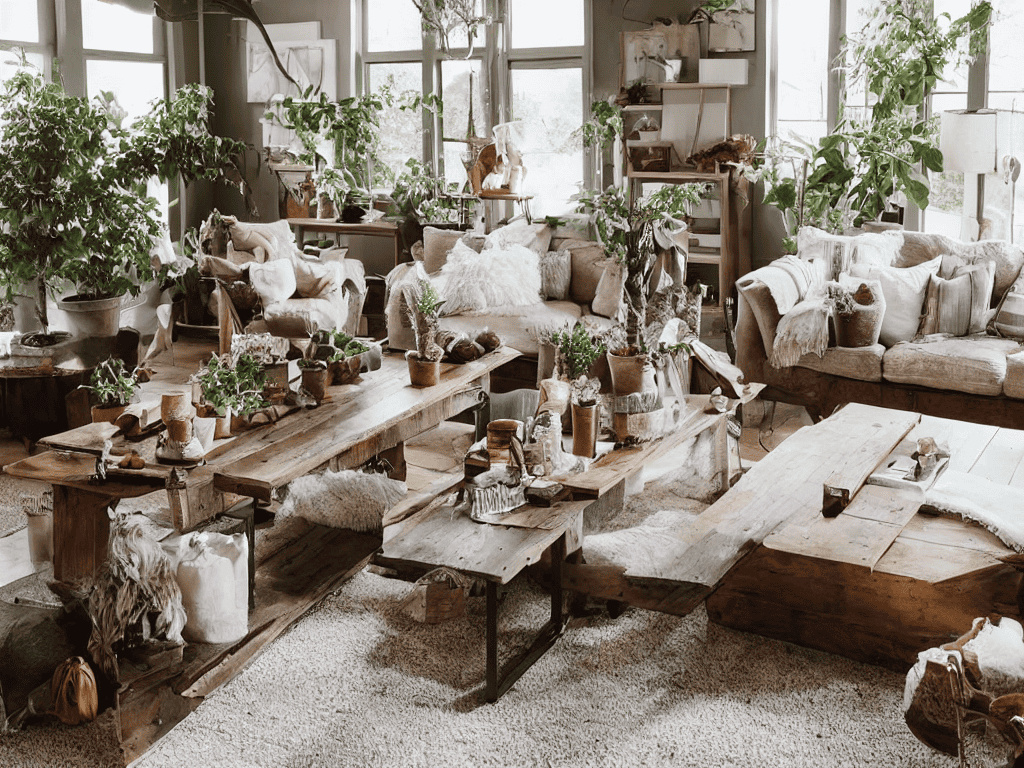
As we’ve journeyed through this guide to building a rustic coffee table, we’ve uncovered the beauty of reclaimed wood and explored how to bring an industrial chic touch to small spaces. From the initial planning stages, where we delved into reclaimed wood coffee table plans, to the final decorative flourishes, each step has been crucial in crafting a piece of furniture that’s not just functional, but also a testament to your personal style and craftsmanship. By following these steps and allowing your creativity to shine, you’ve not only created a stunning rustic coffee table but also a conversation piece that will be the heart of your home’s gatherings.
Now, as you place your final decorative items on your newly built rustic coffee table, remember that the true value of this project lies not just in the end result, but in the journey of creation itself. The process of building something with your own hands, of seeing a concept transform into a tangible, beautiful piece of furniture, is a profoundly rewarding experience. So, take a step back, admire your handiwork, and let the sense of accomplishment wash over you, knowing that you’ve created something truly unique and special.
Frequently Asked Questions
What type of wood is best suited for a rustic coffee table?
For a rustic coffee table, I swear by reclaimed oak or pine – they’ve got character and a story to tell. The distressed look and unique imperfections will add a touch of warmth and coziness to your living room. Plus, they’re incredibly durable and can withstand the wear and tear of daily life.
How do I achieve a distressed finish on my reclaimed wood coffee table?
To achieve a distressed finish, try using a combination of sanding, staining, and waxing techniques. Start by rough-sanding the wood to create a textured surface, then apply a stain to enhance the natural grain. Finish with a wax coating to protect and add a warm glow.
What are some creative ways to add industrial chic decor elements to a small living room with a rustic coffee table?
Add metal accents like vintage lanterns or exposed bulbs, and incorporate reclaimed wood shelves to complement your rustic coffee table. Throw in some industrial-chic textiles, like a distressed leather sofa or a vintage rug, to create a cohesive look that’s both edgy and inviting.
